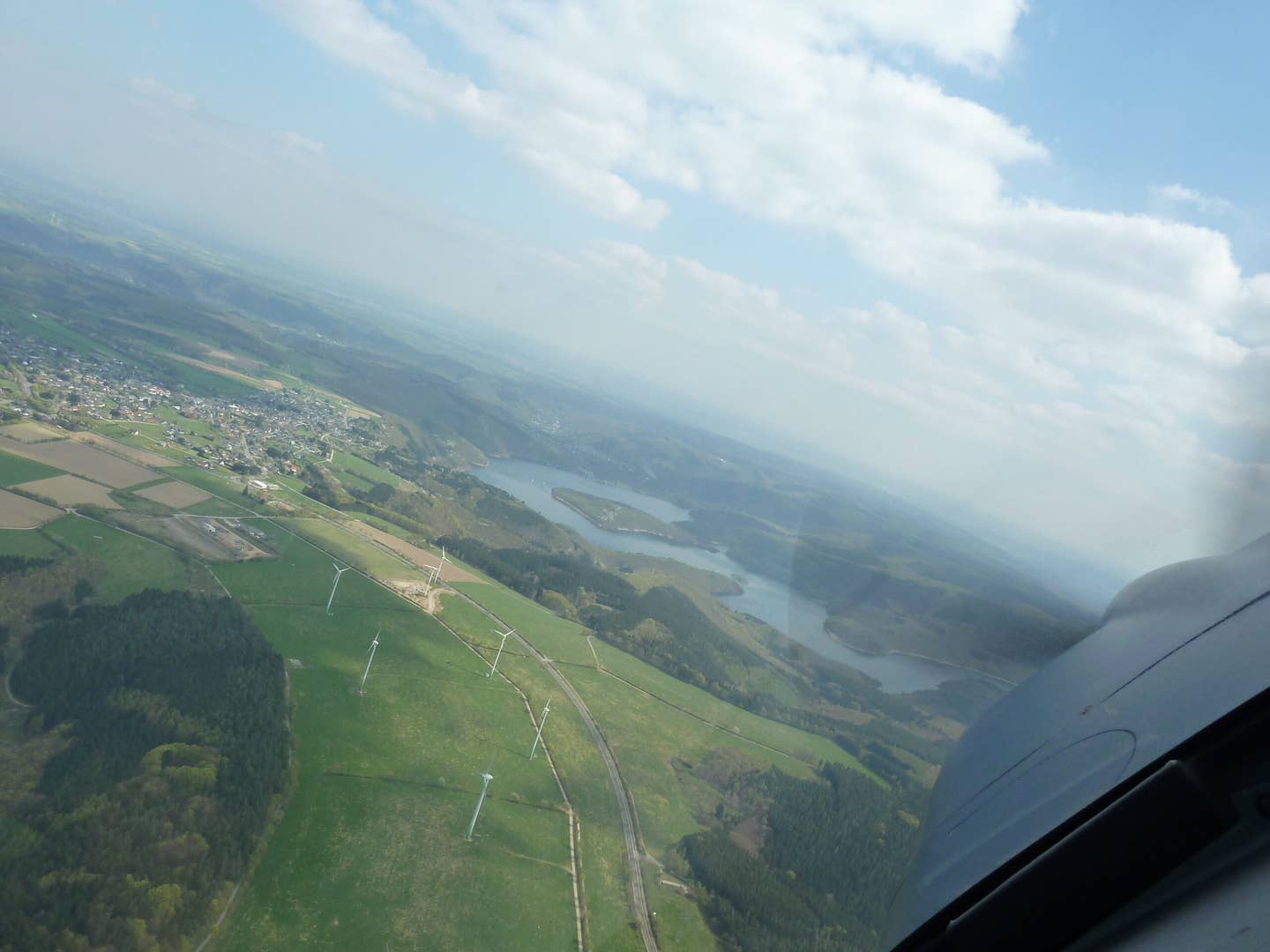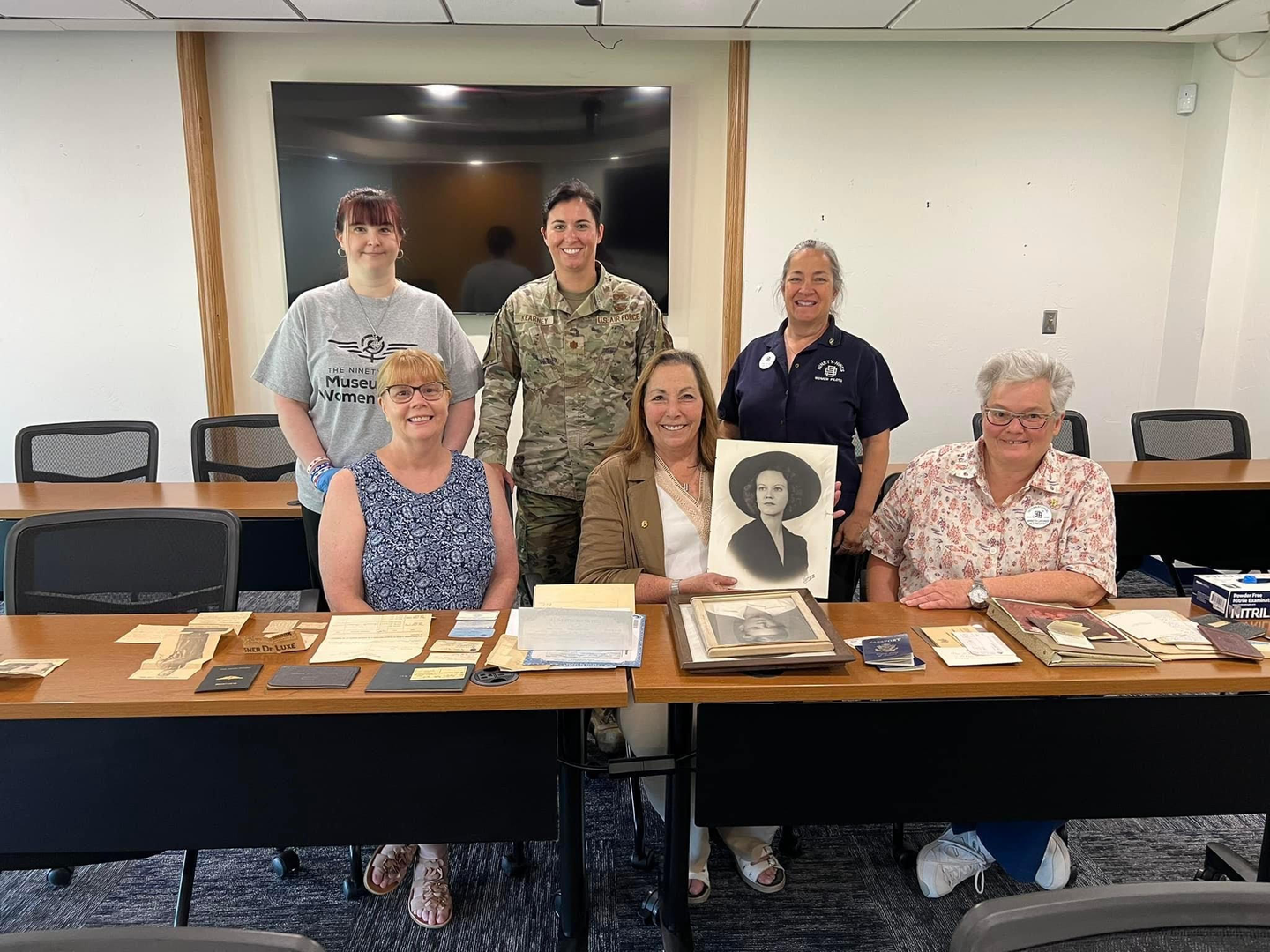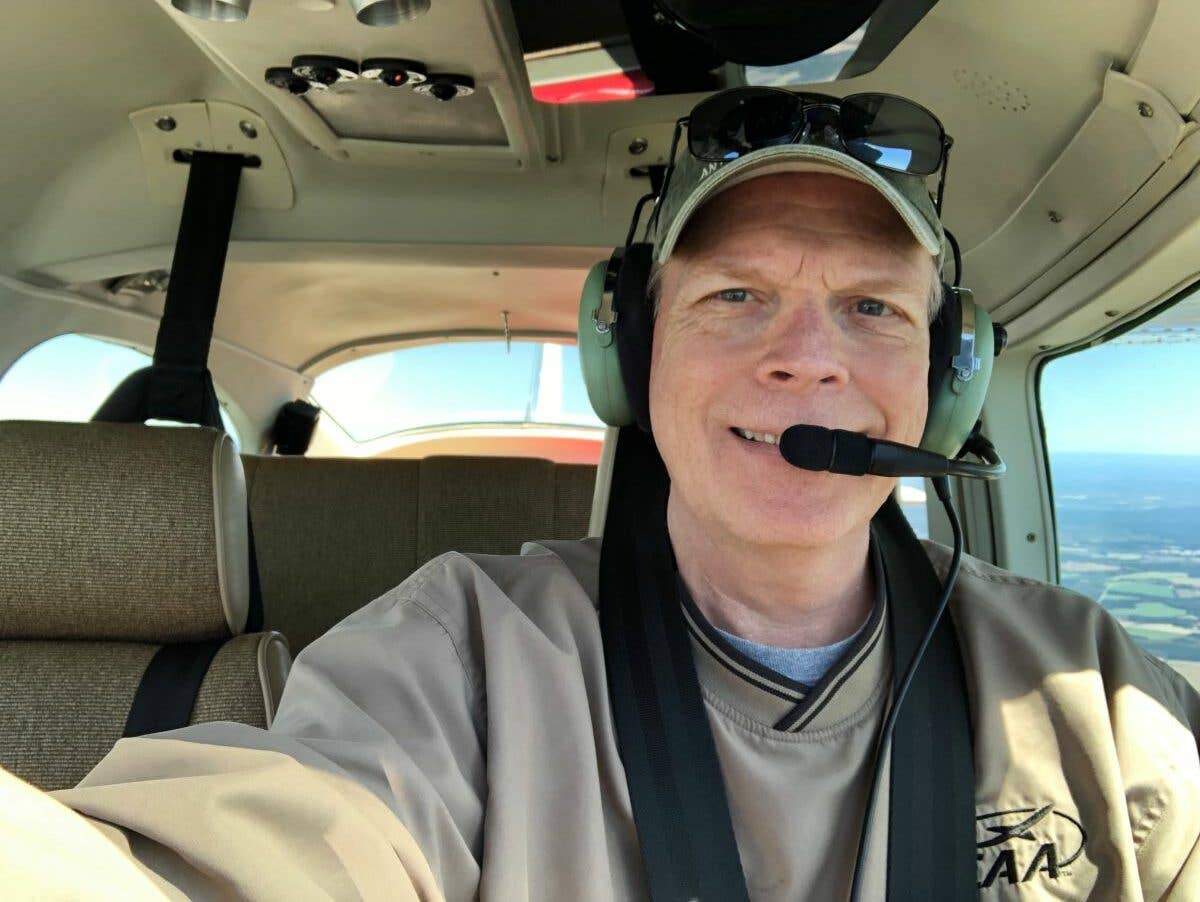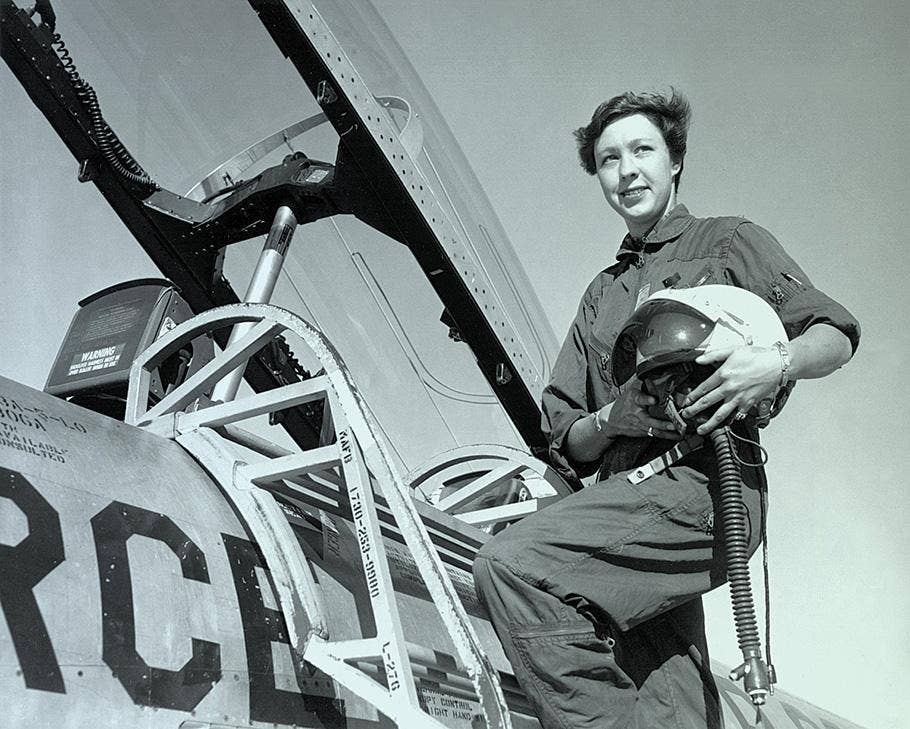Inside Out or Outside In? What Kind of Pilot Should You Be?
Use all of your tools to spot nearby traffic.

[Photo: Shutterstock]
Perusing the internet, as I often do with my first—OK, maybe second—cup of coffee in the morning, I came across a Q&A poll on a website that stopped me cold. It asked: When flying in the airport traffic pattern, do you use onboard equipment to locate other aircraft?
The poll showed that of pilots who answered the question, 34 percent (more than 2,100 individuals) answered yes. This was in contrast to the 65 percent (more than 4,000) who said no, they only scan visually in the pattern.
There are two ways to interpret these results. The optimist sees a pilot keeping their eyes outside the cockpit with their head on a swivel in the traffic pattern, which is, according to FAA/National Transportation Safety Board data, the most likely point in a flight for a midair collision to occur. Any place in space where airplanes tend to come together—such as an en route VOR or popular waypoint, or an airport—can be a midair hotspot.
What concerns me about this particular Q&A is that with so many aircraft equipped with graphically displayed traffic-spotting information in the cockpit, so few noted that they use it in congested airspace. FIS-B/ADS-B equipment is not being leveraged by the majority of pilots precisely when it could be of use.
If you know how to use it, of course.
I get it on one level. These pilots are saturated in the traffic pattern. There are aircraft on the ground squawking ADS-B, and those targets are painting within the typical “danger” ring on an ADS-B display, even though they may just be sitting on the ramp waiting for a taxi clearance.
But here’s the thing: That target on the ground may be crossing the runway you are about to land on—a very real threat. And there is traffic in the air at close proximity that is perfectly separated and sequenced from you, such as the guy on crosswind turning downwind while you turn base or final.
What you might only see on your ADS-B if you fly a low-wing or midwing airplane, however, is the pilot on the straight-in directly below you who isn’t talking at the uncontrolled airfield. Or with a high-wing, you might the aircraft just a few feet above you, descending faster than you to “catch” the glideslope you are diligently following.
I’ve been there before and after ADS-B arrived on the scene in modern light-aircraft cockpits. I always zoom in and scan both my ADS-B display and outside my windscreen at both uncontrolled and towered airfields; having a tower controller running the pattern does not make the airport immune to midair collisions, unfortunately. I’ve lost friends, and some of my friends have lost family, to midair collisions.
What I’ve learned in 42 years of flying is to use absolutely everything I’ve got to avoid close encounters with other air traffic.
It Goes Both Ways
When I first learned to fly, way back in the 1970s, collision-avoidance equipment in the cockpit was a pair of sharp eyes and a trained external scan. The FAA espoused a specific technique of scanning for both VFR and IFR pilots. It included taking in the external environment in 10-degree increments, keeping the eyes moving to increase the chances that traffic would be spotted by the narrow sharp-focus field in the center of the human eye, and maximizing the use of peripheral vision for noticing objects in motion that could conflict with one’s flight path.
Clean windscreens were paramount to successfully spotting and avoiding traffic—and still are. Every IFR pilot was reminded that traffic and obstacle conflicts don’t disappear once you are under radar contact and in the clouds. There were plenty of cautionary tales about professional pilots being vectored by ATC into terrain or traffic.
I didn’t need a cautionary tale. As an instrument student, I saw the terror in my flight instructor’s eyes as we were flashed by the belly of a twin Cessna climbing over us at extremely close quarters while we were in cloud descending through 1,000 feet agl, cleared for an ILS approach. The tower controllers at our airport were just learning how to use radar in those days, and what they had to work with was a Vietnam-era war-surplus mobile unit parked next to the VOR. Mistakes were made.
At least when we fell victim to this ATC blunder, it was just a near miss.
More than Just Collision Avoidance
The inside-out/outside-in pilot technique discussion flies much further afield than simply asking the question, “Do you use your ADS-B in congested airspace?” Pilots today are capable of training from day one on sophisticated motion-based flight-training devices—sometimes referred to as simulators, though the FAA separates them into many specific categories. The wraparound screens depict accurate virtual realities that are compelling, but so do the full-glass EFIS displays we often find in the cockpit of a modern flight-training airplane.
“When I first learned to fly, way back in the 1970s, collision-avoidance equipment in the cockpit was a pair of sharp eyes and a trained external scan.”
The question is, which does the flight instructor emphasize when they are teaching those first maneuvers? Is it the external horizon or the EFIS depiction of a horizon that the student globs onto as they begin their first steep turn around a point or slow flight and stall series? Are they taught to pitch up to precisely 3 degrees on the attitude reference for rotation at VR (as depicted on the airspeed tape), or is the instructor emphasis on an “eyes outside” series of visual cues along the runway? Does the instructor push numbers flying over kinesthetic-sense—sometimes called seat-of-the-pants—flying? Do they bring up auditory cues and teach the student how to fly without direct reference to pitch or power instrumentation?
There are a million ways to teach a pilot how to fly an aircraft. A good flight instructor teaches the student how to fly by referencing both inside the cockpit and outside the windscreen cues, and pays sharp attention to whether that student is leaning too far in one direction—in their reference to one or the other—as they master the basic flying techniques that lead to solo flight.
As with all things in aviation, it is the balance at successfully performing many interlocking skills that makes an excellent pilot. As long as aircraft require pilots—and I believe we’ve got a while to go—this axiom will prevail.
The argument as to where a pilot should focus their attention first will go on until the computers do it all. What’s important is that pilots learn to focus inside and outside the cockpit through all phases of flight for steady and smooth transitions, from takeoff rotation, to climb, level-off, descent and flaring, to touchdown.
Editor's Note: This article originally appeared in the December 2021 issue of FLYING.

Sign-up for newsletters & special offers!
Get the latest FLYING stories & special offers delivered directly to your inbox






